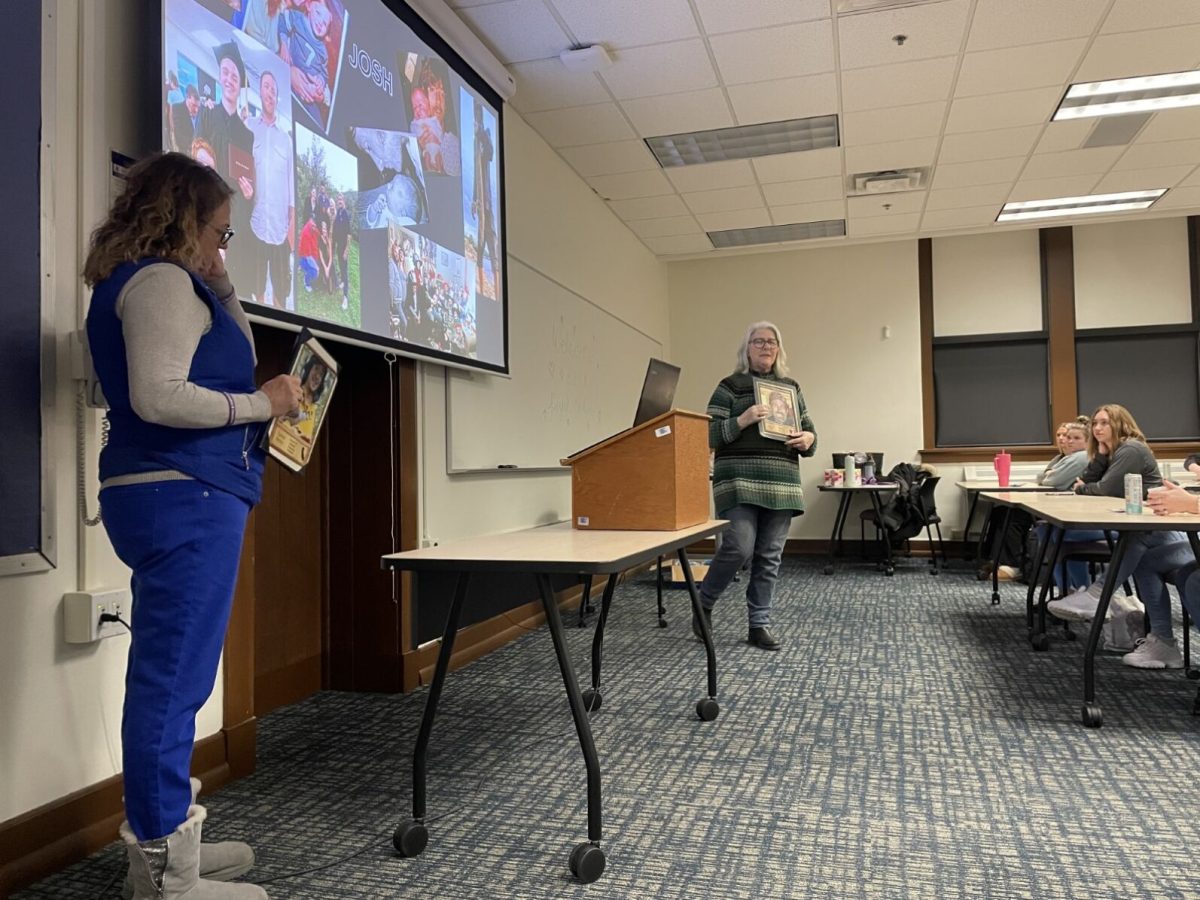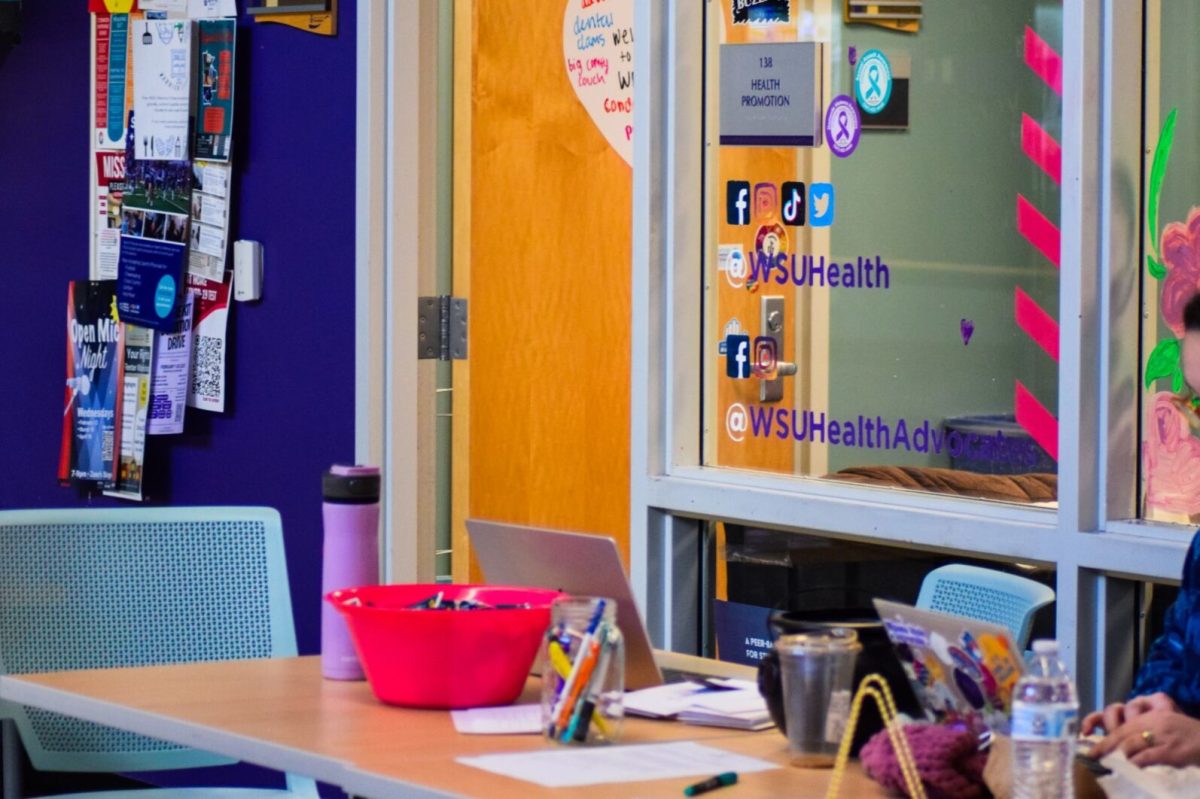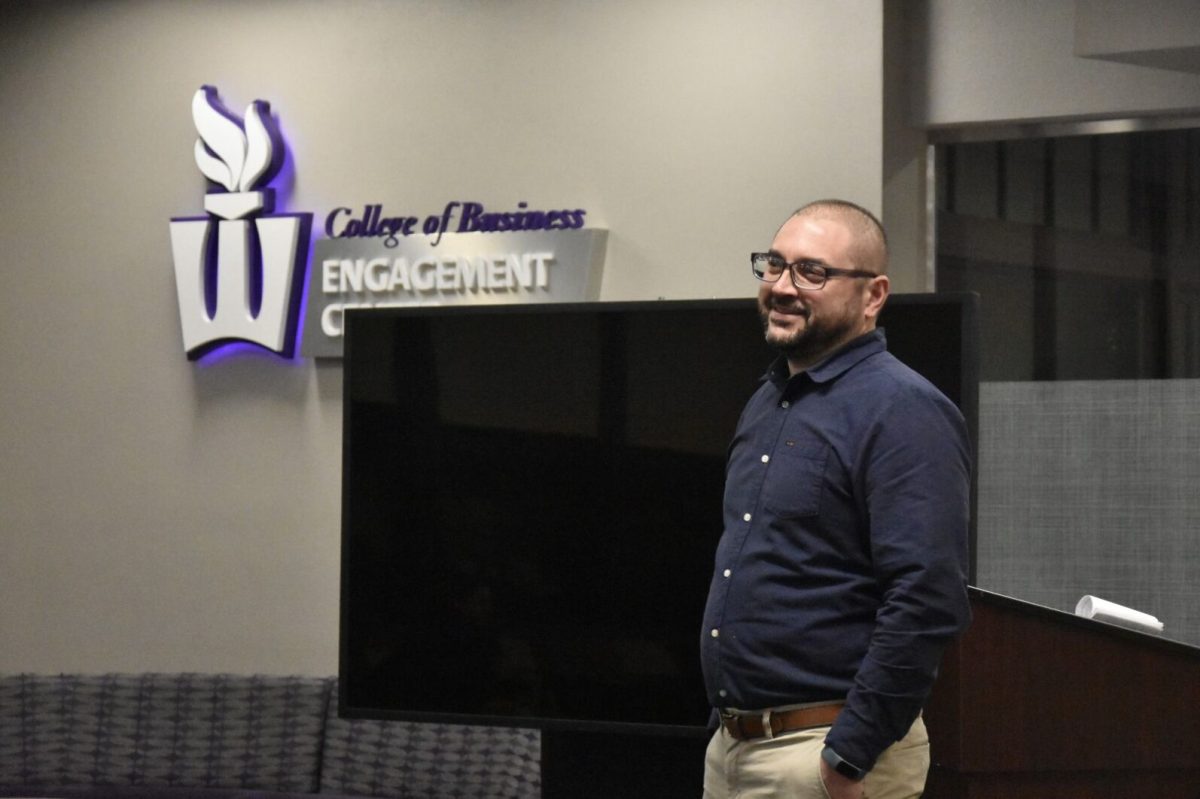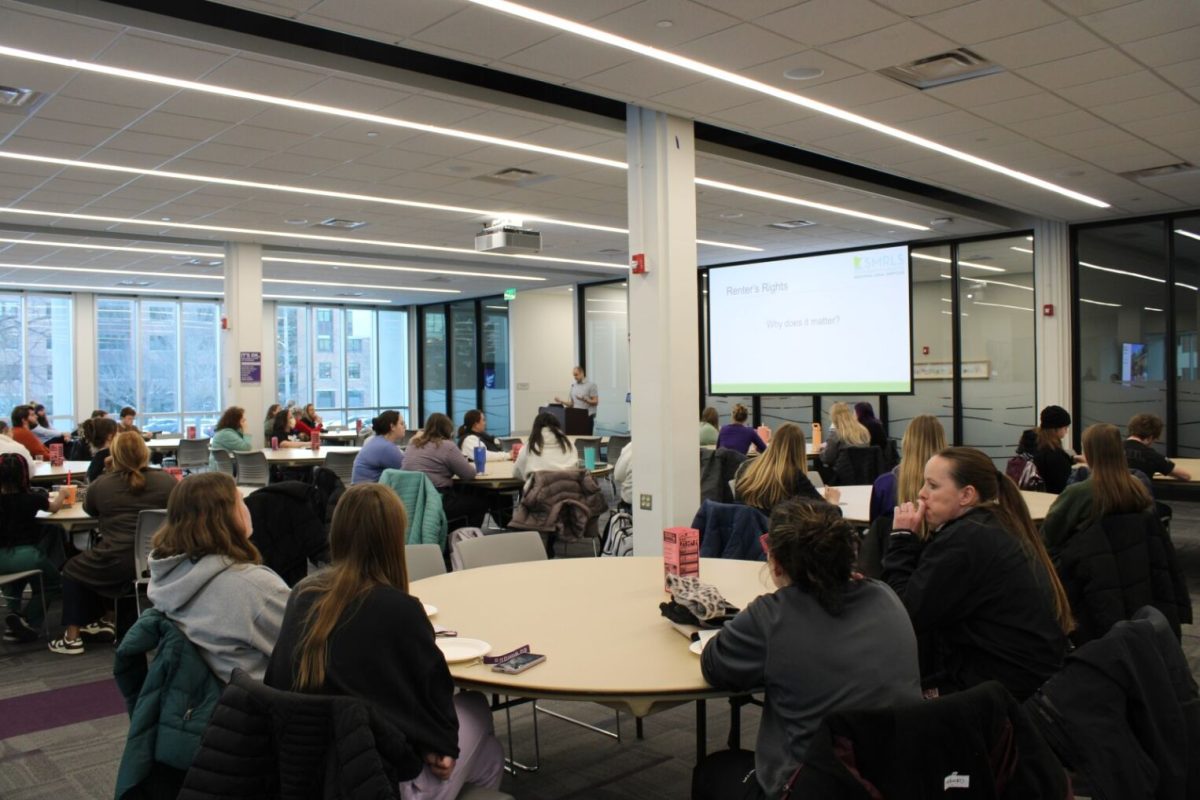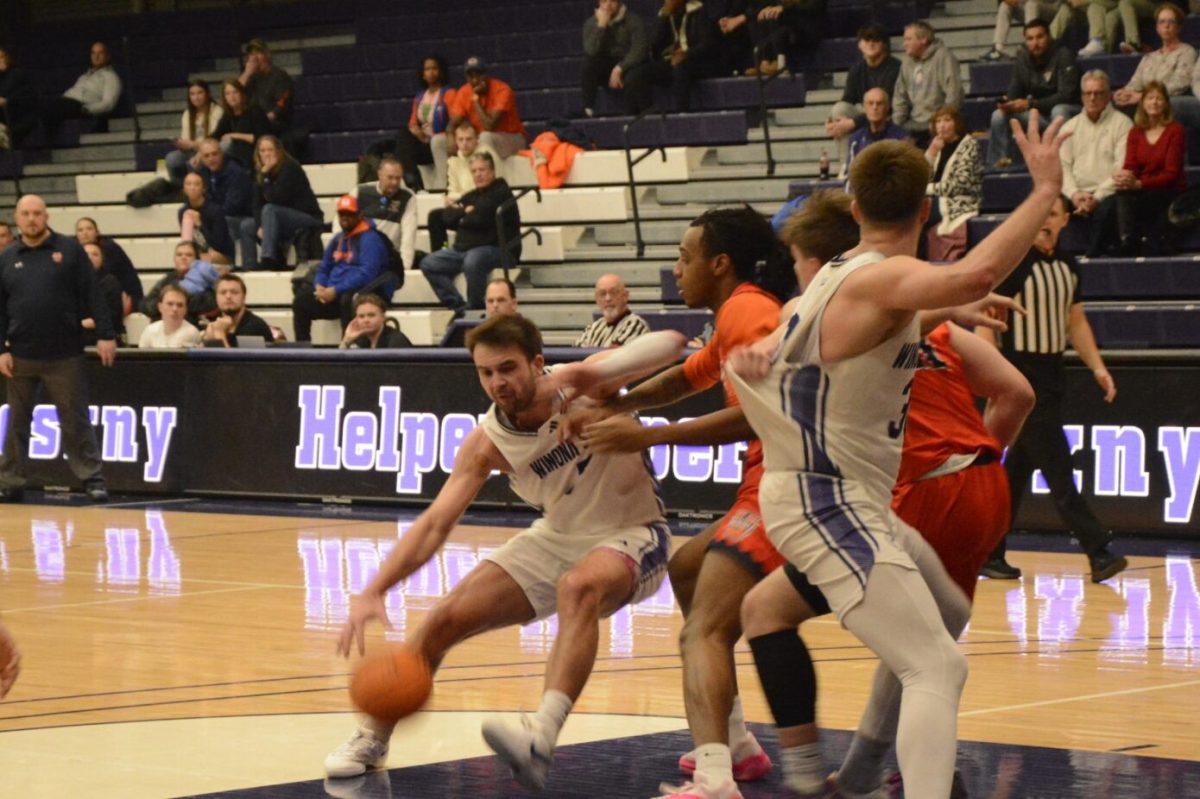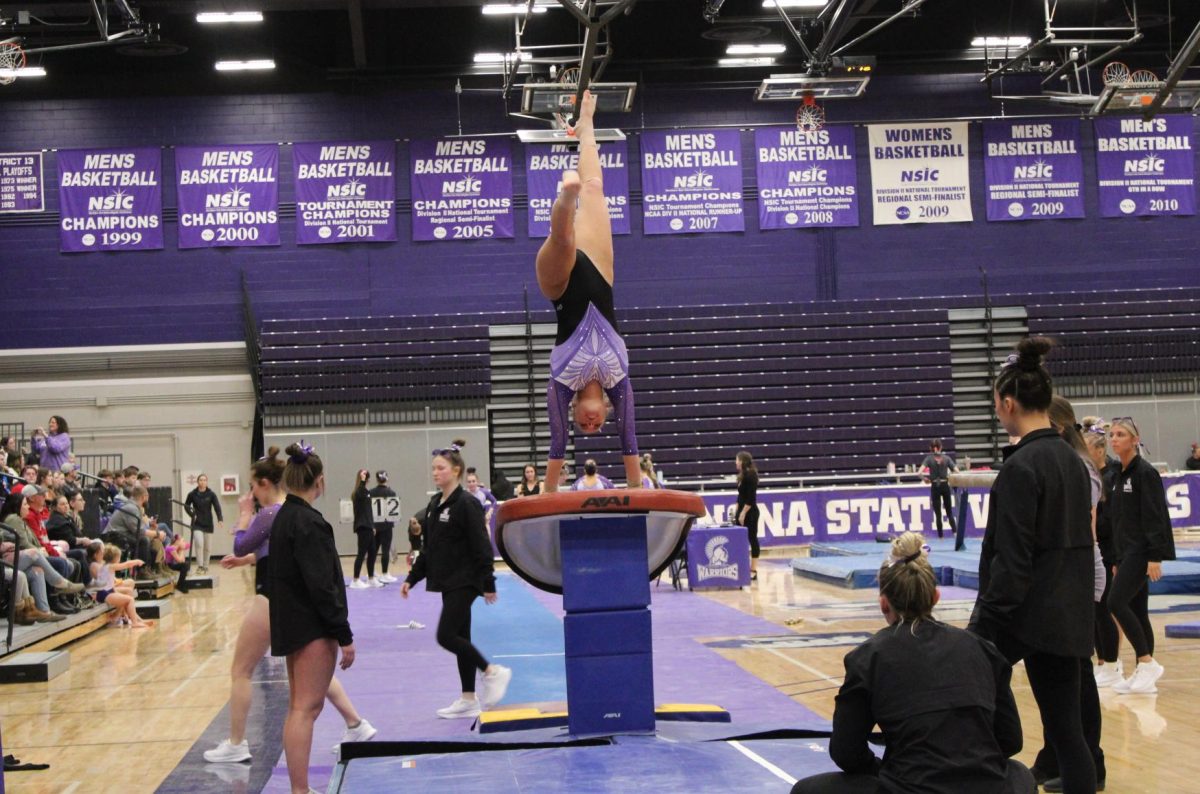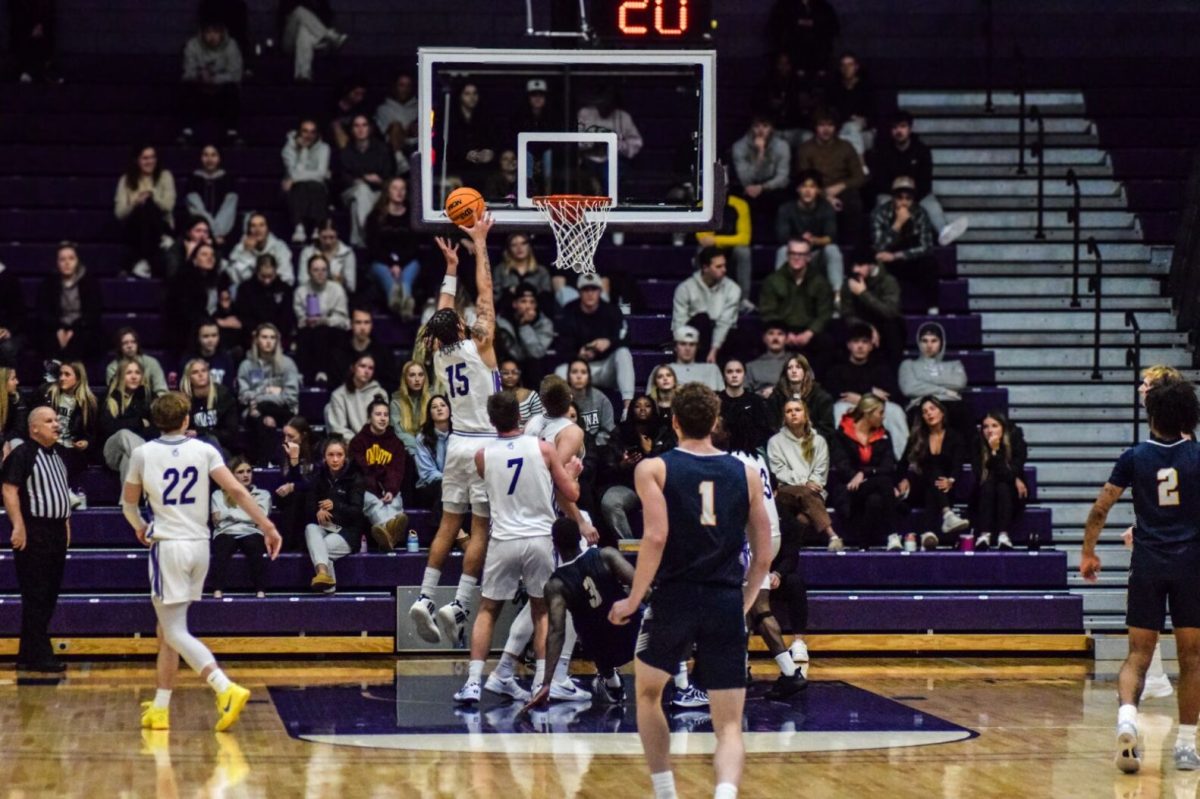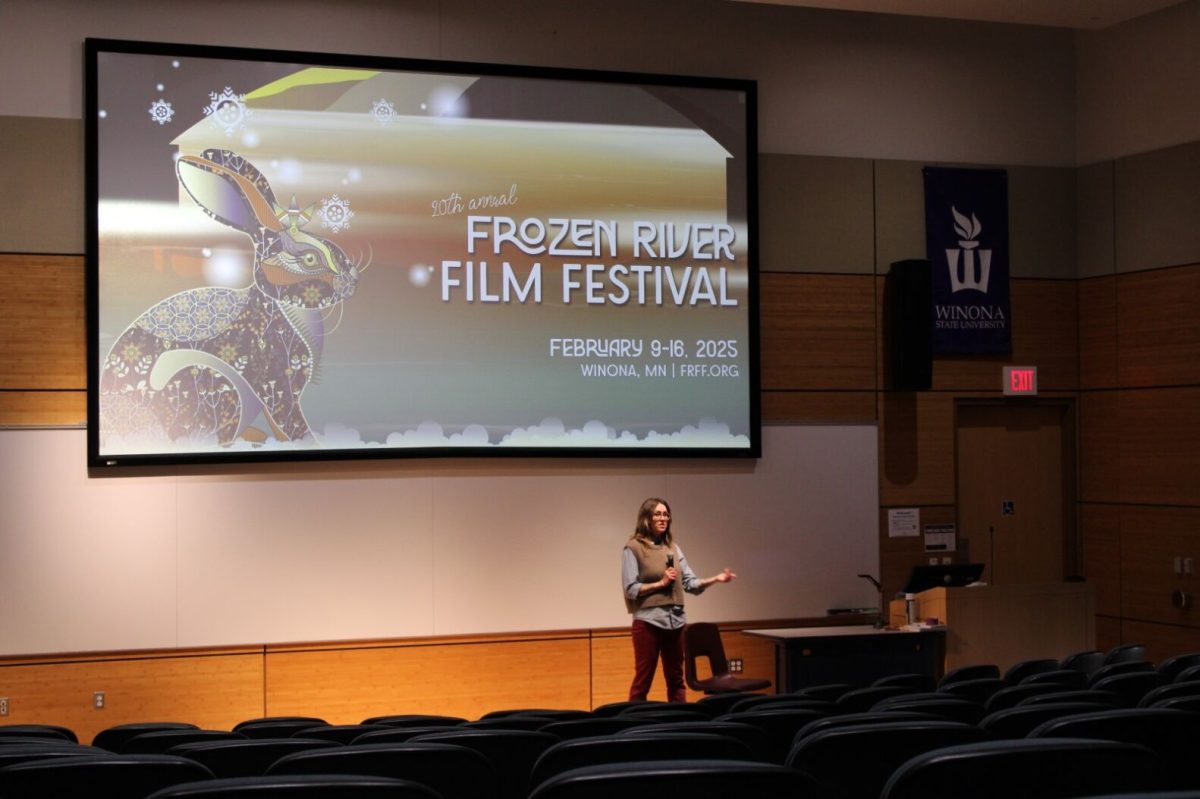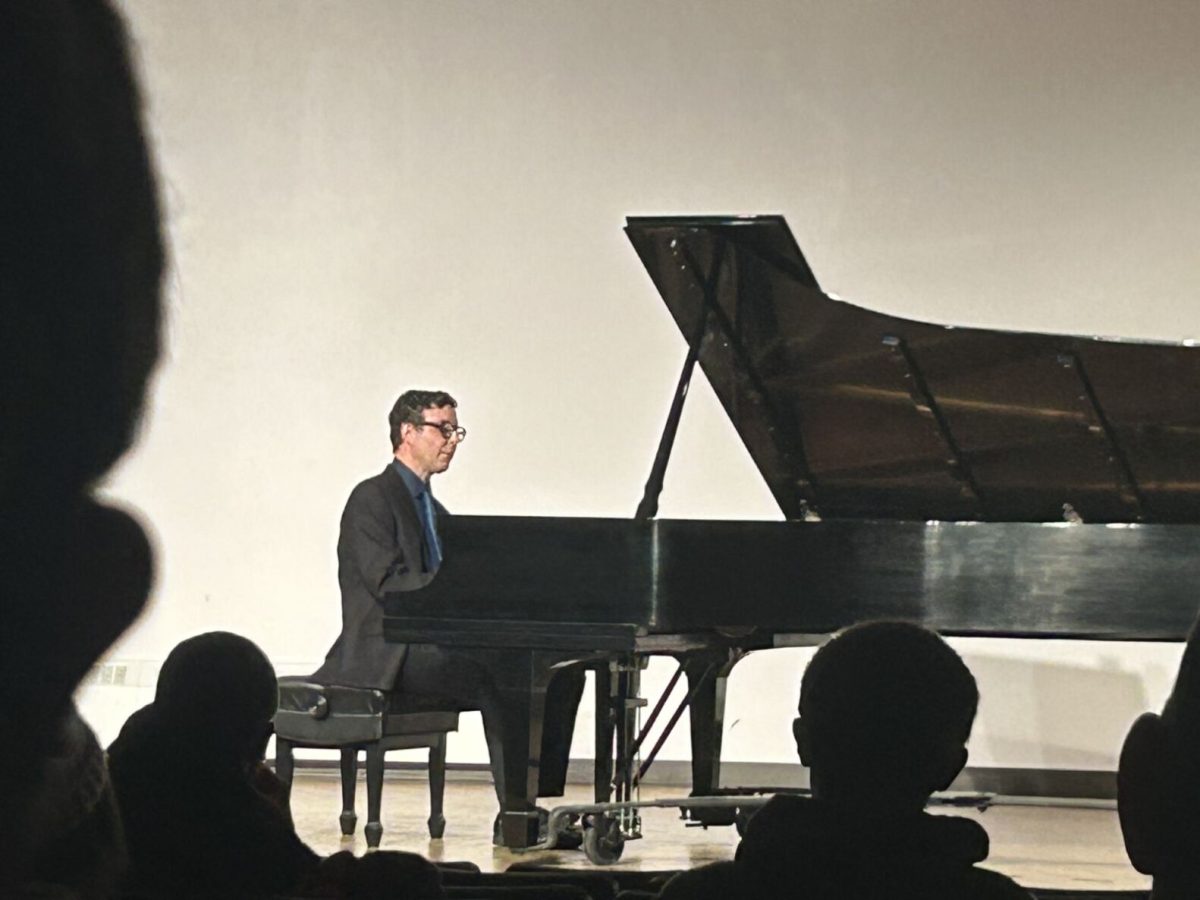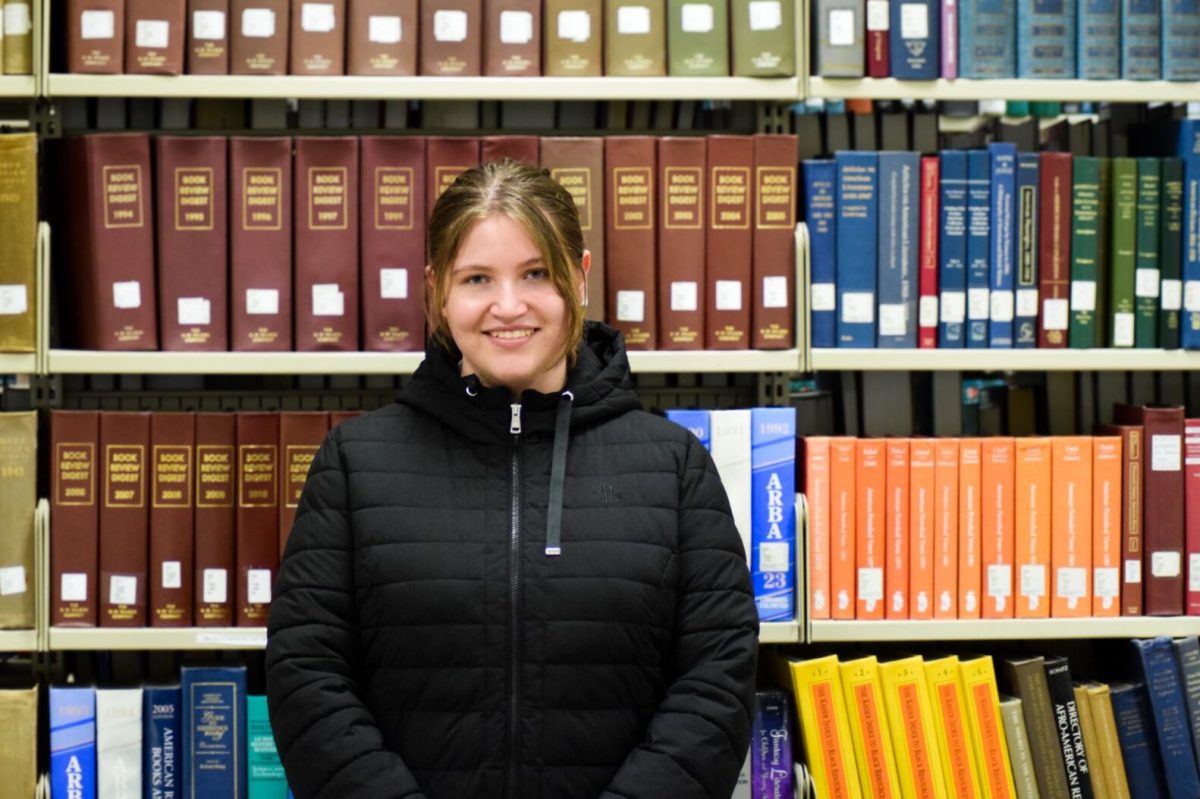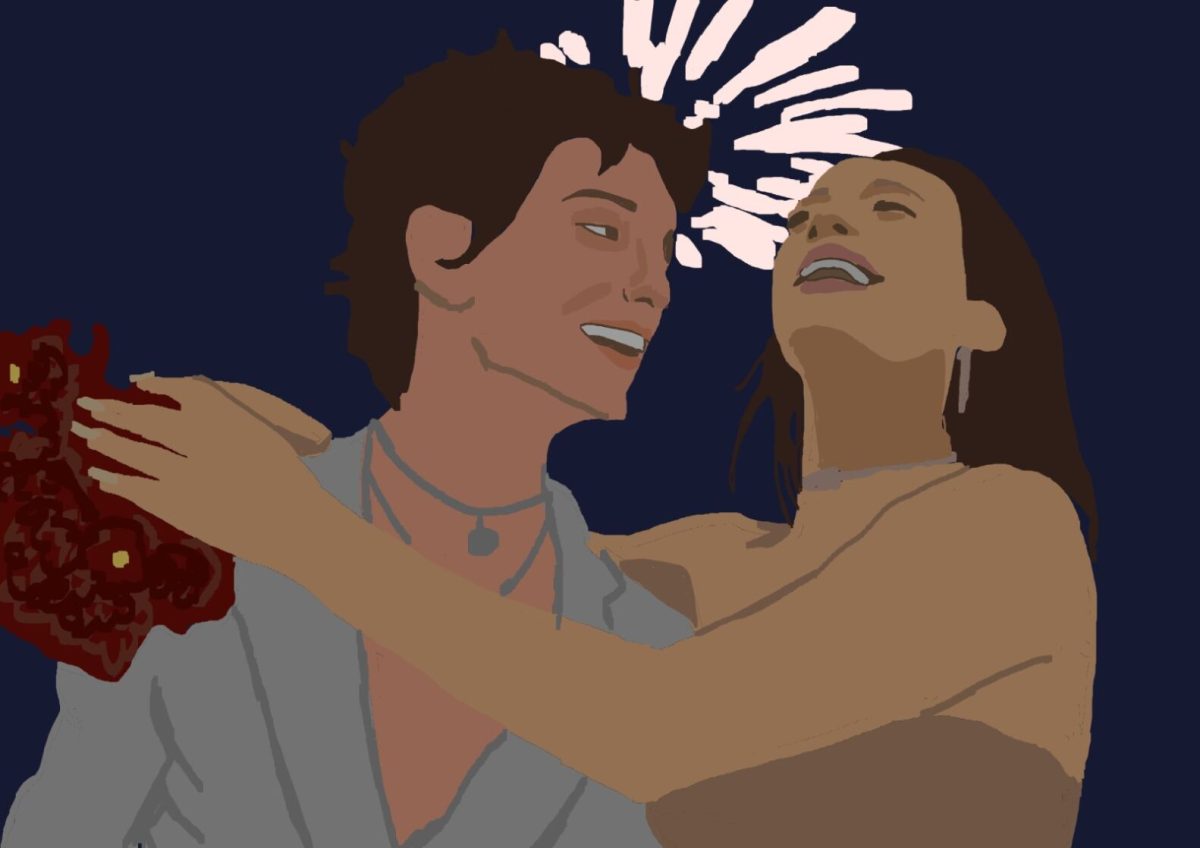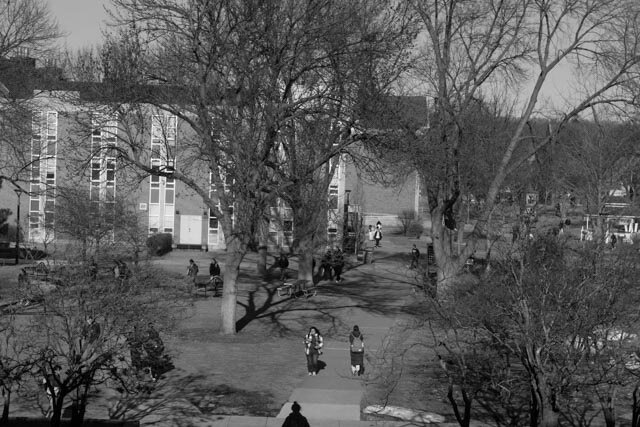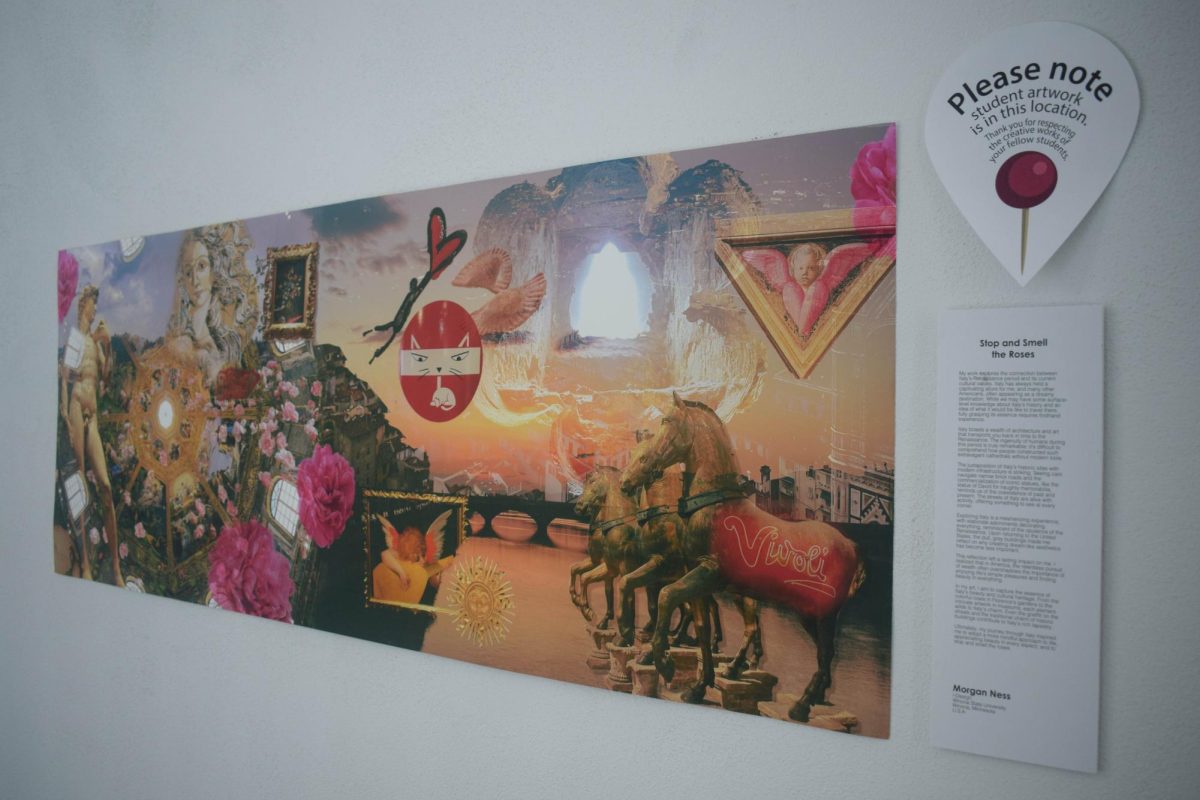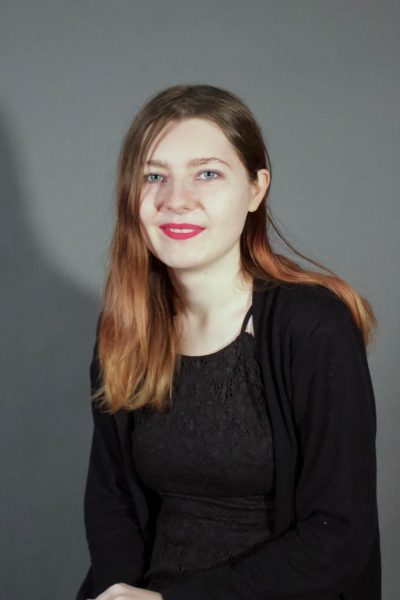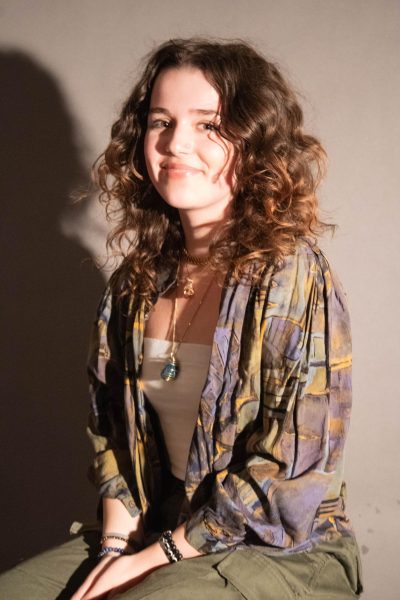This week in Winona has been busy in the international community, as there have been two European events both on and off campus. The first was the Italian Art Exhibition that was here at Winona State University in the Darrell W. Krueger Library, and the second was the Berlin: Shifting the Paradigm Student Exhibition hosted just off campus at the Laird Norton Building.
The Artists had a paragraph about their Artwork next to their pieces. There were at least seven art pieces, but for brevity’s sake, only three will be talked about in detail here today. The first of these artists is Katelyn Cutshall, and her artwork is titled “Exploring Friendship and Travel.” The piece is a glass circle with a heart in the middle and different colors reflecting different images she got on a trip to Italy.
“Warm colors bring back that cozy feeling, cooler ones make us think and reflect, and bright ones remind us of how fun everything was,” Cutshall wrote about her piece.
The next artist is Madison Ketterling, and her work is titled “La Coraggiosa Donna.” It is a painting of a Roman statue depicting a powerful-looking woman.
“The woman I chose to paint was from a statue I saw while in Florence. It caught my eye because of the unique stature of the woman,” Ketterling wrote in the artwork description. “Typically, women were depicted as submissive and that wasn’t the case with this statue. She stands proud and confident.”
The last artist is Tanner Mundt, who’s art is titled “A Sample.” It’s a three-dimensional plate of spaghetti, with some of it being held up by a fork, and different images stuck to parts of the spaghetti.
“At the heart of the piece, the fork serves as a metaphor, symbolizing my brain taking in the wealth of knowledge and experiences garnered during my trip. Just as the forklifts from the colossal plate of spaghetti, my mind has similarly taken in the vast richness of Italian culture,” Mundt said.
The Berlin Exhibition was very powerful and beautiful in a tragic way. It showed what happened in Berlin during and after the takeover of the Nazis, and how that affected different groups of people.
While the Jewish people are the most well-known of the Nazi’s targets, with over 6 million victims, other groups of people were also targeted. There were the Jehovah’s Witnesses, with 1,700 victims, and People the Nazis considered LGBTQ+, which were mostly gay men, at 15,000 victims.
Others in the community were either considered not relevant, including lesbians and bisexual women, or in the case of transgender people, non-binary, or other nonconforming identities were often put in the category of asocial. Additionally, Gay men were often sent to brutal police prisons instead of concentration camps, so the actual number of victims is likely much higher.
Career Criminals were often used by the Nazis to keep other concentration camp inmates in line, threatening them with death sentences if they didn’t comply, with their number of victims at 35,000. “Asocials” were people who refused to or couldn’t conform to the Nazi agenda. These included people with mental illnesses, disabled people (physical and mental), the elderly, the homeless, those of different racial minorities and some LGBTQ+ people as mentioned above. Many were either killed or sterilized, with the total number of victims at 800,000.
Emigrants and foreign forced laborers were both forced to do labor for the Nazis. They were from at least 26 different countries, including Poland, Italy and Belgium, with their number of deaths being at least 2.1 million. Political prisoners consisted of many groups, such as Russians/Soviets, POWs of the Allied Powers, black people and soldiers from other countries, and the Polish, with 3.3 million victims combined. Remembering what happened during WW2 is essential.
“Remembrance is a significant tool to be able to honor the past preserve memories, and ensure the lessons are not forgotten. Through remembrance, we acknowledge the experiences of others. It creates opportunities for refection, empathy and understanding,” the art exhibit stated.
These are very important things to consider, especially when talking about events as monumental and tragic as the Holocaust. Those who do not remember history are doomed to repeat it, after all.
In summary, both of these events were beautiful in different ways. The Italian Art Exhibition showed off different takes on and experiences with Italian culture, and the Berlin: Shifting the Paradigm Student Exhibition gave information about a tragic period of history in a beautiful way.

